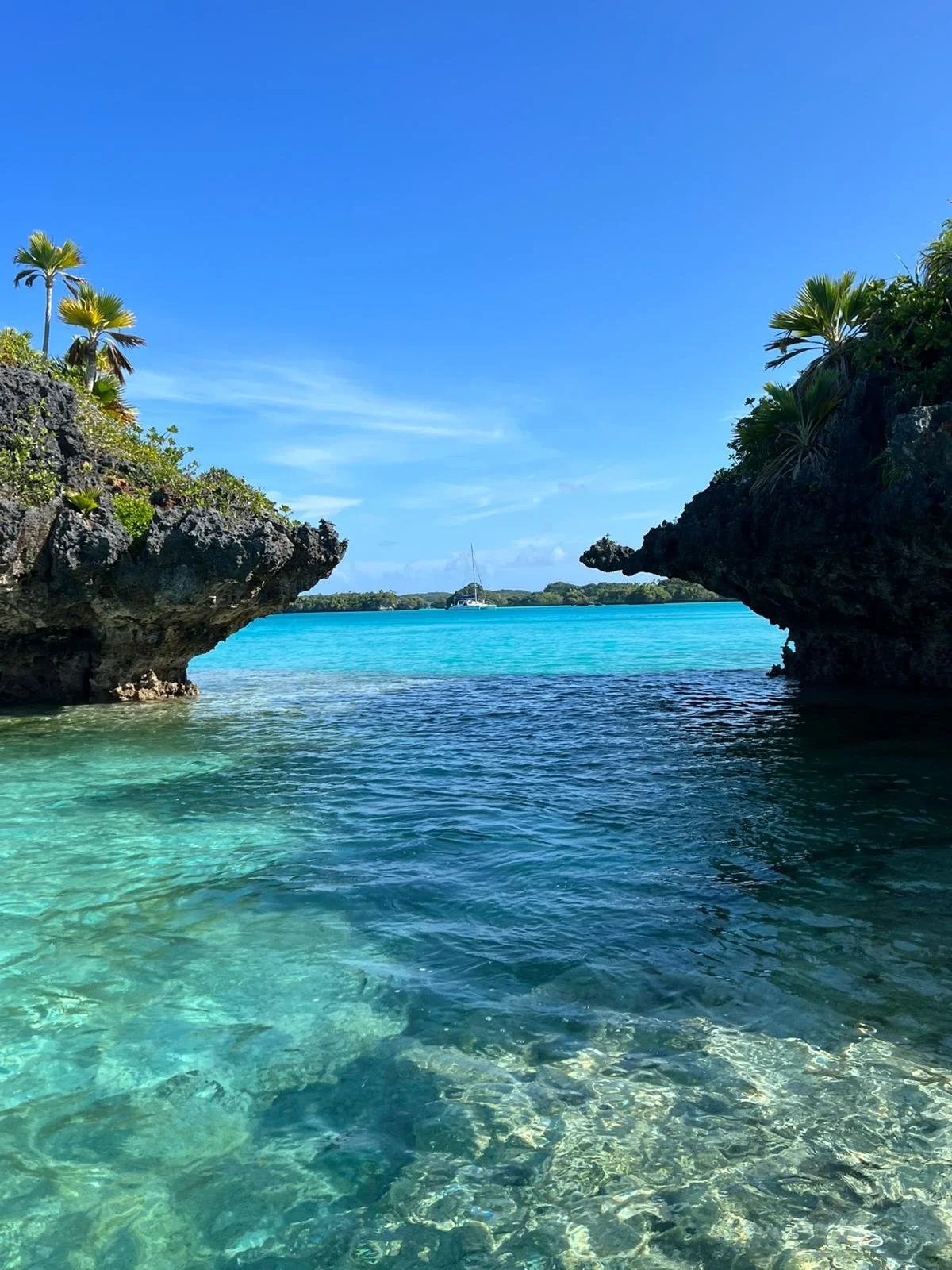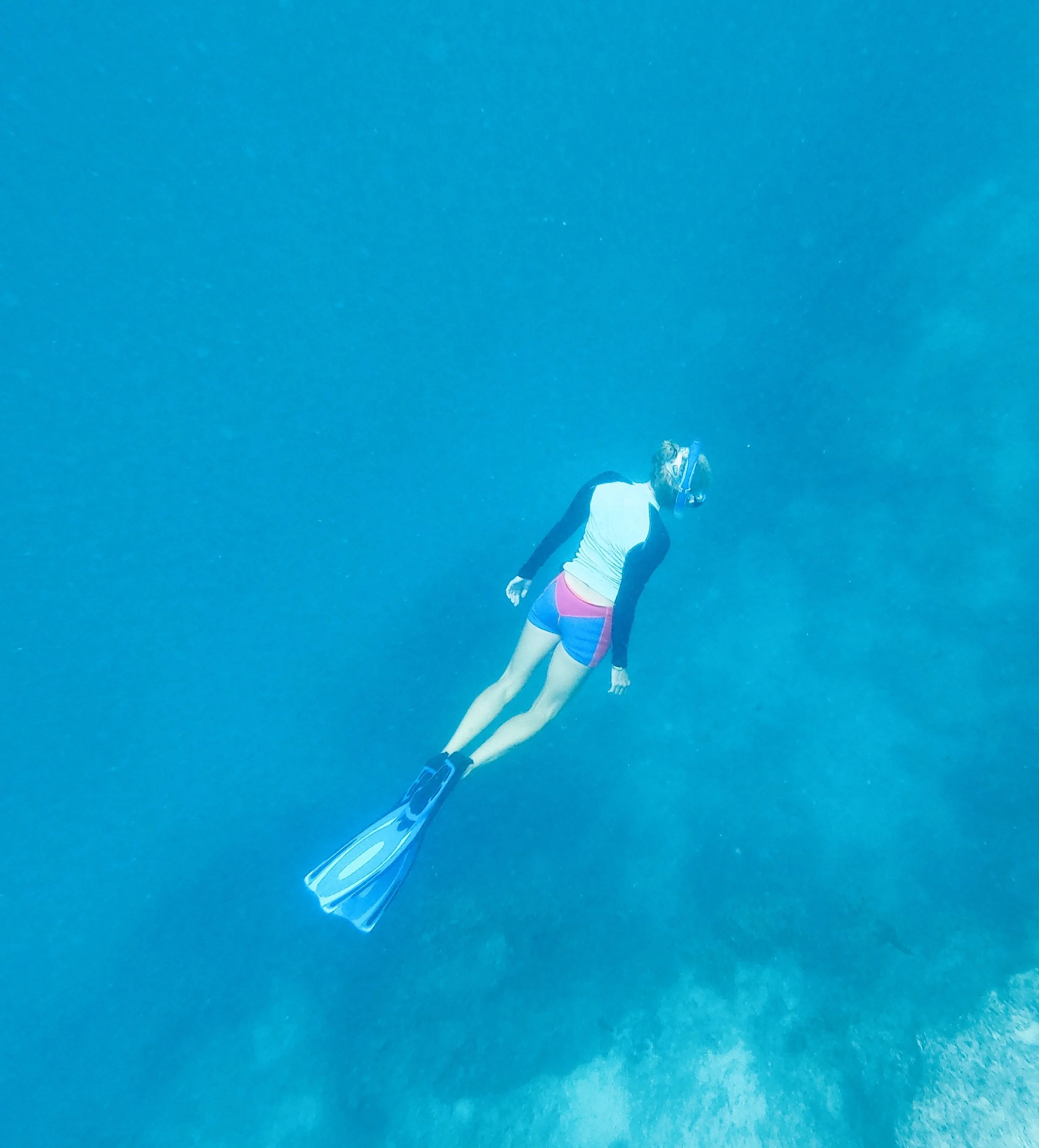Circumnavigating the Globe Solo
Circumnavigation is the journey of sailing around the globe. Sailing solo — also known as single-handing — as a female adds a unique, empowering dimension, breaking traditional gender norms in maritime adventures.
As I embark on the extraordinary voyage of my single-handing circumnavigation, I am driven not only by the thrill of conquering the open seas but by a deeper purpose—to inspire and empower women along the way. Each nautical mile becomes a metaphor for the challenges women face in various aspects of life, and my journey stands as a testament to resilience, independence, and breaking barriers.
Globally, my mission is to empower women through sailing, fostering confidence, independence, and the skills needed to navigate challenges both on and off the water.
Tonga then Fiji
On May 4th I saw Hiva Oa for the first time after 30 days at sea.
I departed French Polynesia in May of 2025, with the intention of heading west to Fiji, with stopovers in the Cook Islands and Tonga.
Unexpectedly, I fell in love with Vava’u, Tonga and decided to stay through cyclone season. I will sail, snorkel, watch the whales and swim around the lovely islands of Vava’u until March 2026. Then it’s on to Fiji!
Fiji has over 300 islands famed for its palm-lined beaches, coral reefs and amazing snorkeling! In fact, Fiji is considered the ‘soft coral capital of the world’, home to 390 different coral species spread across 10,000 square kilometers of coral reefs. That makes some great snorkeling opportunities!
The gentle waters of Fiji! Photo by Jodi Spear.
French Polynesia
Departing from Mexico in the spring of 2024, I was the only woman to single-hand from Mexico to French Polynesia. I smelled land before I saw it and after roughly thirty days alone at sea, I was overjoyed to see land!
I view French Polynesia as a location of advanced sailing. Technique and skill are the name of the game here.
French Polynesian people are incredibly nice and have a deep respect for their culture. Fresh fruit and fish are a staple of the islands as well as outrigger canoe races. The relaxed pace showcases a warm Polynesian spirit.
Tuamotos
I sailed the Tuamotos. There are 76 atolls in the Tuamotos, one raised coral atoll (Makatea), and innumerable coral reefs, roughly dispersed northwest-southeast as a double chain for more than 900 miles (1,450 km). It is the largest group of coral atolls in the world.
With the exception of Makatea, the islands are flat with little fresh water. The largest atoll of the group is Rangiroa, which consists of a circle of 20 islets surrounding a broad lagoon. Fakarava and Hoa atolls are also atolls I plan to visit. Raroia is the reef on which the Kon-Tiki expedition ended its 4,300-mile (6,900-km) eastward drift across the Pacific in 1947!
Katiu
Katiu is an atoll in the middle of the Tuamotos. It is likely I will pop in for a visit. I’ve been there before and know the pass into the atoll is shallow and narrow. Provisioning ships keep populated atolls supplied with fresh food and staples -it’s likely I’ll head there to see if I can garner supplies.
Katiu has about 250 inhabitants. I wrote a story about two of them -they are pearl farmers and used to live over the water in the lagoon, protecting their developing pearl inventory. A storm wiped out their ‘water' home, but the last time I visited they were collecting supplies to rebuild.
Gambier
Gambier, a remnant of a caldera with five main islands protected within its reefs, will be the furthest south I’ll sail. These islands are an extension of the Tuamotus, yet are considered a separate island group due to their culture and language. I’m not sure I’ll head there, as it all depends on the wind and weather, of course.
This area of French Polynesia is known for its pearl farming, producing some of the most prized black pearls in the world. If I go, I’ll now be 1000 miles south of Tahiti.





